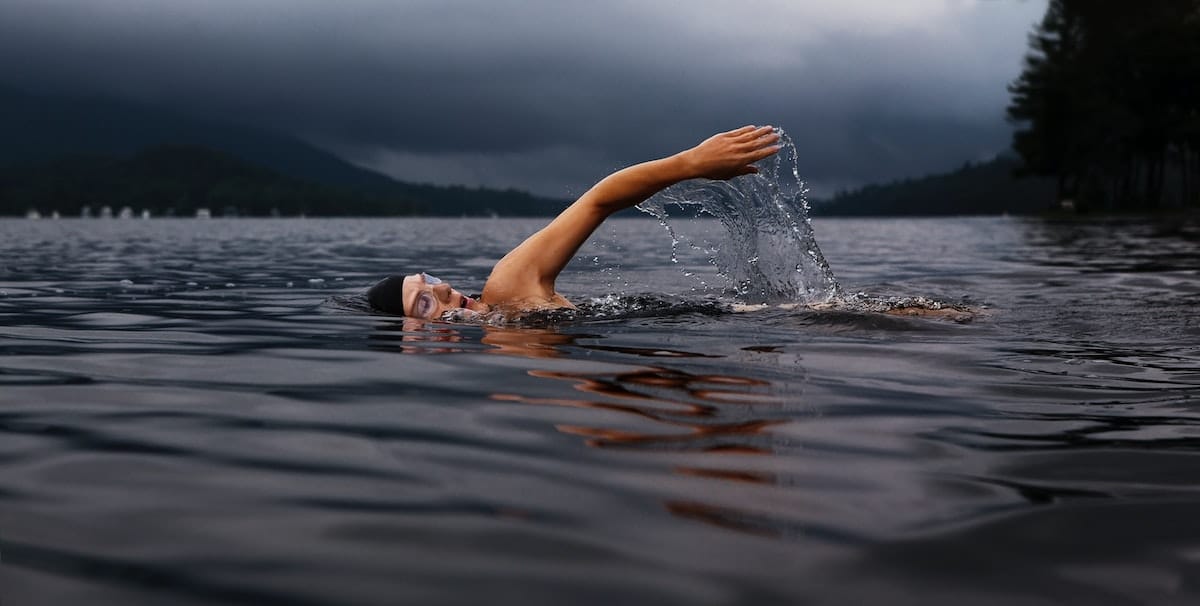Have you been on the healthy side of the internet lately, you might have heard of low impact exercise? The way it is getting described is the difference between running and walking. If you go for a run, you’re knackered by the time you come back. You’re knackered for the rest of the week, sore and unable to move again until the next run. Whereas, if you go for a decent walk for longer, you can come back right as rain, ready to do it all again the next day – and a lot are arguing you can get just as healthy a lifestyle. That’s not to mention the fact that some people simply cannot run. It’s not something you can just jump into, and without the middle ground of low impact exercise you might be put off ever exercising at all.
So, now we know the basic benefits, what makes a low impact exercise? Well, the first rule of the low impact exercise trend is that one foot has to stay on the ground at all times. With that in mind, let’s look at what exercise you can do that’s easier on the body.
Low impact gym equipment
If you are a gym bunny, or you want to be, you don’t need to feel like hell coming out of it. There are lots of low impact machines available, and commonly used, like the rowing machine, the Stairmaster, the bikes and the weights. Even the treadmill can be low impact. Dial the speed down and the incline up and walk your way to a healthier body.
Should something go wrong, and you need surgery, make sure your surgeon has medical indemnity, like that from Incision. You’d need a lot of bad luck, but things go wrong in the operating room, and you’ll want to know that the surgeon can pay up if they are sued.
Swimming
Okay, so technically this one doesn’t follow the first rule of low impact exercise, but it can be argued to be low impact since you’re not even touching the ground. Plus, the weightlessness of swimming has a lot of the benefits of low impact exercise, that being the ease on your bones and joints, plus the superior cardio that comes with running. Plus, it’s just a good time.
Different dance styles
There is a lot of benefits to dancing for exercise: not least that it’s the most fun. You’ll build muscle strength, improve coordination, improve self-confidence and self-expression and release endorphins. If you want to learn moves rather than hitting the club sober, there is a lot to choose from.
There are loads of options: ballroom, belly dancing, line dancing, salsa, jive, and swing to just name a few. Take a look at your local classes and weigh up the intensity to see what you’re comfortable with, or even what you can jive with. Each of these genres of dance have their own style, intensity but also areas they tend to target better. For instance, if you can’t afford a BBL right now, you might want to look into jive and swing dance classes instead.
Rollerblading
If you’re into your cardio, or maybe have a habit of skipping leg day, you can look into rollerblading to sort that. Rollerblading is very adaptable, as you can increase the intensity by crouching as you go. Combine it with dancing and hit up a roller disco. Of course, that’s very reliant on a venue, so you can instead look into ice skating, which is more common venue. But the real world is right out there and it has the occasional skate park for you to enjoy while you get fit.


